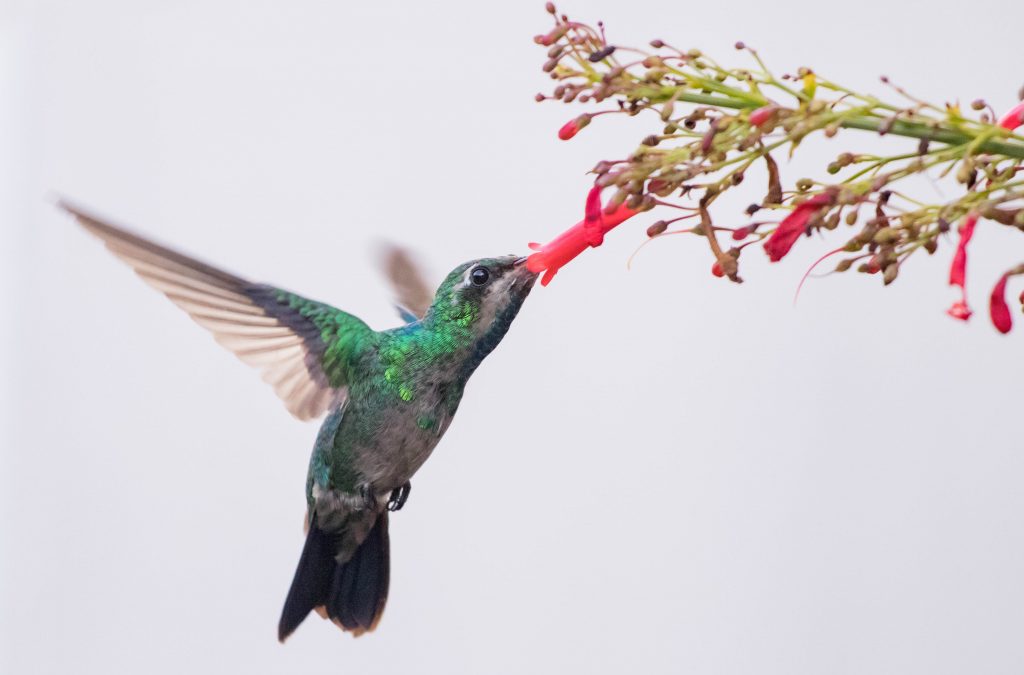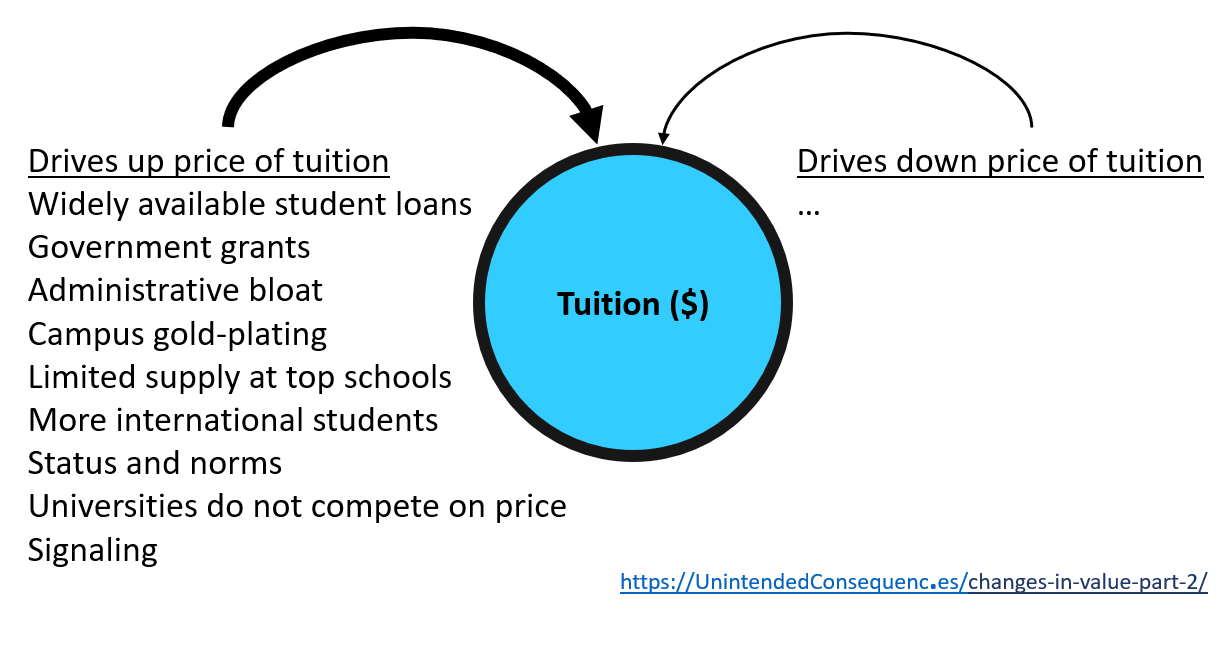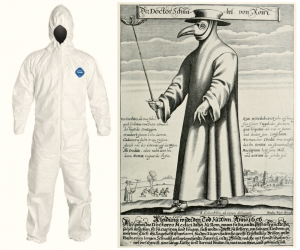Hummingbirds and flowers co-adapted over millions of years. As with the shapes of the flowers they take nectar from, hummingbird beaks grew to different lengths, some straight, some curved.

However, some bees learned that they could access the nectar within tubular flowers by chewing a hole at the base and robbing the nectar from there. When that happens, the flower loses its nectar without getting pollinated.
We see this with humans and computers too. Continue reading “CEOs, Students, and Algorithms”

